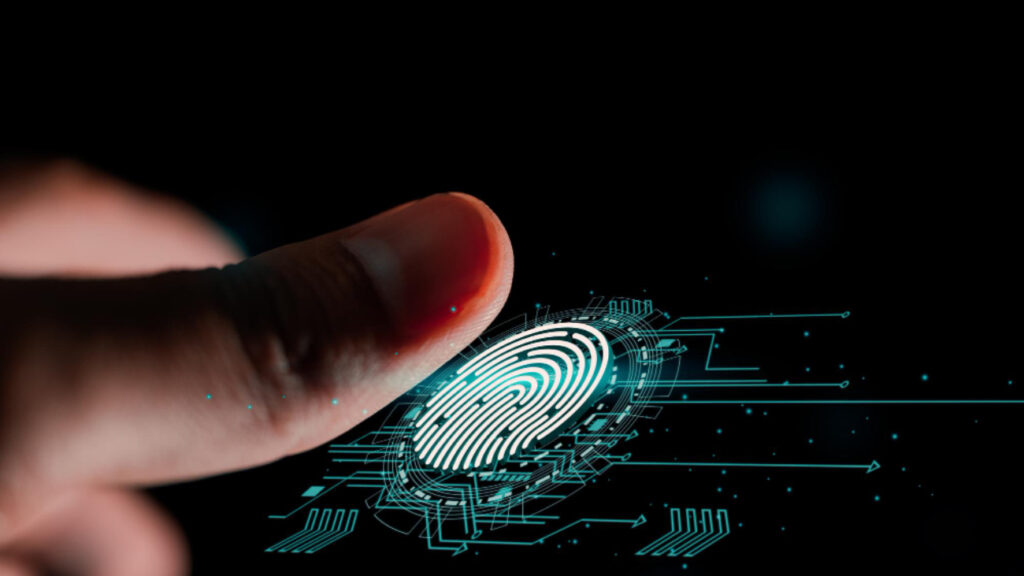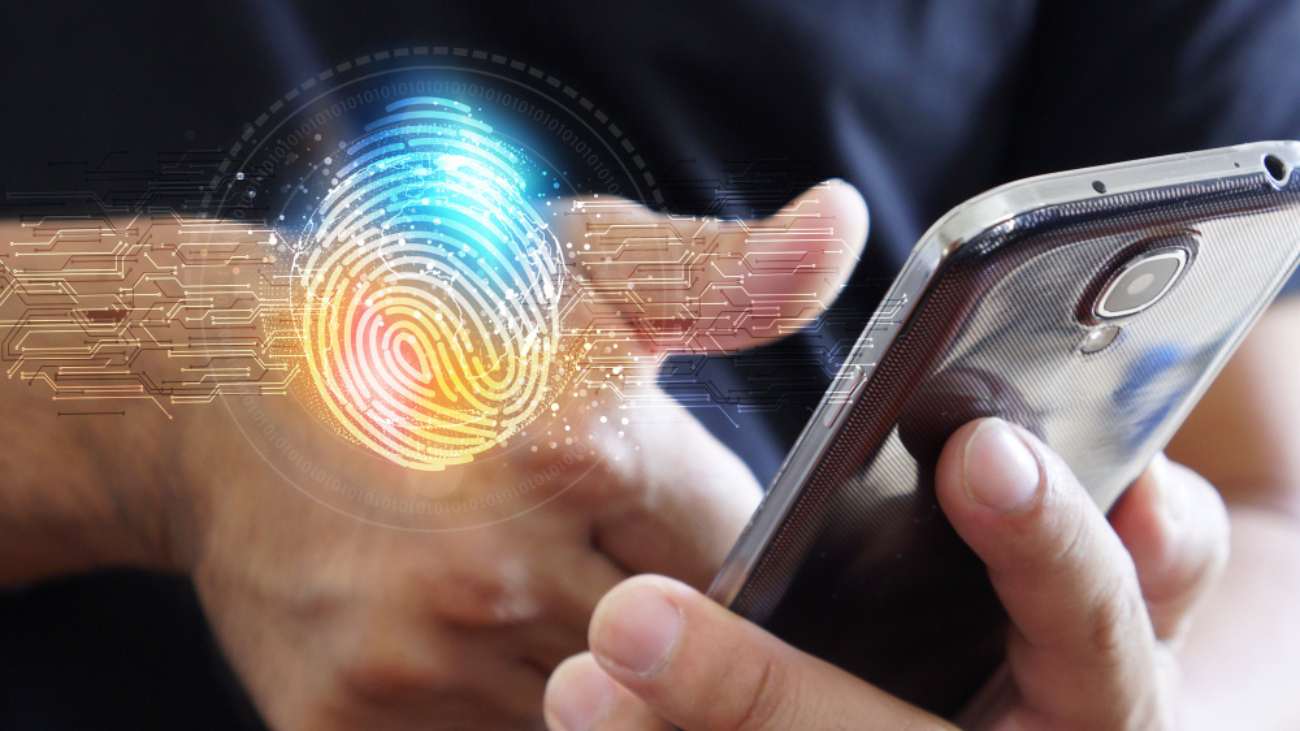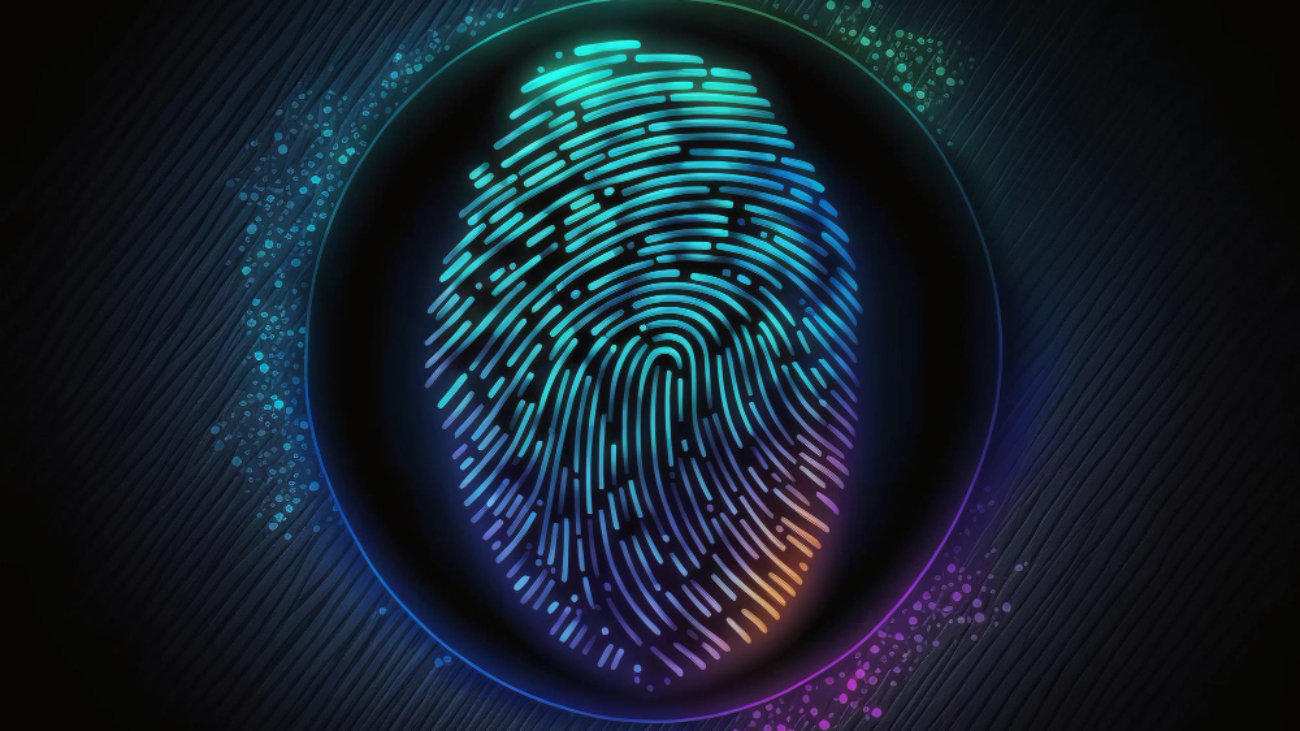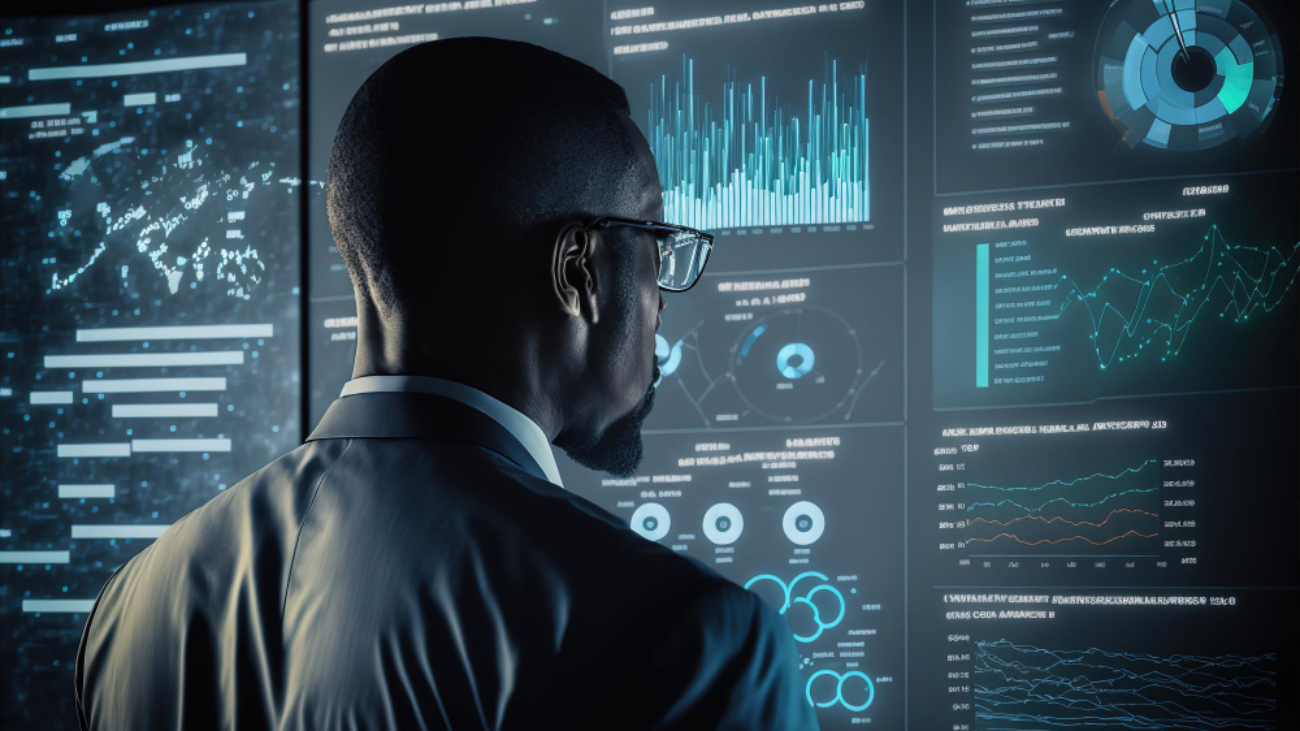Our identity management and security practices are changing along with the digital landscape stated Bahaa Abdul Hadi. We no longer rely solely on physical cards and passwords for authentication.
Modern identification technologies are transforming how we use services, protect personal information, and conduct secure transactions. Global trends are always influencing how these technologies will develop in the future, improving the security, usability, and accessibility of digital identities.
Biometrics: “Who You Are” Is More Important Than “What You Know.”
Modern identity technologies now rely heavily on biometric authentication. Biometric checks identify using distinctive physical traits like voice patterns, facial recognition, and fingerprints rather than using passwords, which are something you know.
Payment systems, security cameras, and smartphones already use facial recognition technology. Nowadays, fingerprint scanning is widely used in gadgets, including security systems, laptops, and smartphones. Digital assistants like Siri and Alexa are using vocal biometrics for user verification, demonstrating the growing use of voice recognition.
The precision and user-friendliness of biometrics make them the favoured method. You are your own password, which simplifies and strengthens authentication.
Decentralized Identity Administration
The concept of decentralized identity management is transforming our understanding of personal information. A central authority (such as a government, bank, or social media platform) manages and keeps track of personal data in traditional identity systems. Nevertheless, these centralized systems are susceptible to abuse and security breaches.
A crucial component of decentralized identity systems is blockchain technology. It enables people to safely store their data on a distributed ledger and take ownership of it.
Without depending on a third party to keep their private data, users are able to authenticate themselves.
Users benefit from increased privacy, security, and transparency thanks to decentralized identities, which give them more control over what personal data is shared and with whom.
Restoring individual sovereignty through decentralized identities reduces the dangers of data leakage and boosts confidence in digital systems in general.
Verification of Identity Assisted by AI
Identity verification systems are becoming smarter, faster, and more secure thanks to artificial intelligence (AI). AI is very useful for automating identity checks, identifying fraud, and examining trends.
AI-driven fraud detection: By examining user behavior, AI systems are able to identify suspect activities, such as login attempts made from odd places or odd access patterns. Adaptive learning: Over time, AI systems get better at identifying possible security risks as they are exposed to more data.
Behavioural biometrics: AI may authenticate identity by analysing minor characteristics such as walking patterns, mouse motions, and typing speed. Because of this degree of intelligence, identity systems are able to identify possible dangers before they become serious, making them proactive rather than reactive.
Passwordless Authentication’s Transition
A major change in identity technology is the complete abandonment of traditional passwords. Due to their inherent insecurity and role in data breaches, passwords are becoming less and less popular among consumers and enterprises.
One-time passcodes (OTPs): Enabled users to log in without a password; OTPs are sent by email or SMS. The fact that they are time-sensitive lowers the possibility of unwanted access. Magic links: They send one-click logins to your email, eliminating the need to enter a password.
Biometric authentication: Iris scans, fingerprints, and facial recognition can completely replace passwords. In addition to improving security, this change also makes it easier for users to remember complicated passwords.
Conclusion
Identity technology is changing quickly. Trends like biometrics, decentralized identities, AI-driven verification, and privacy-focused solutions will influence how we manage and safeguard our digital identities in the future. These developments offer greater control, convenience, and privacy for users while simultaneously improving security.
We may anticipate that as global trends continue to develop, digital identification technologies will advance in sophistication, usability, and importance to our digital lives. Thank you for your interest in Bahaa Abdul Hadi blogs. For more information, please visit www.bahaaabdulhadi.com.







